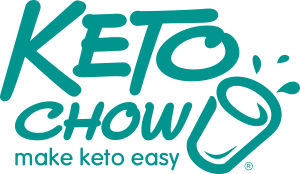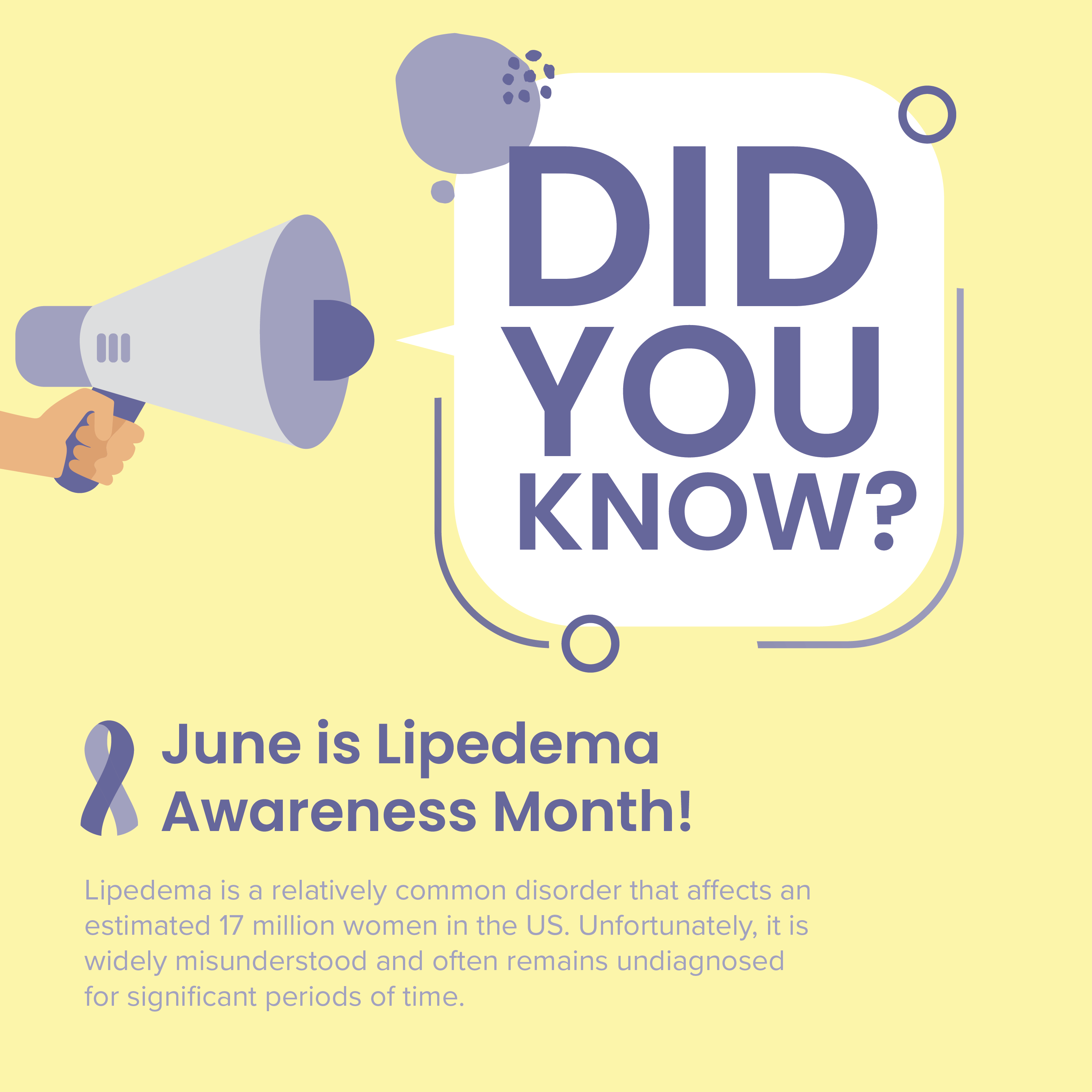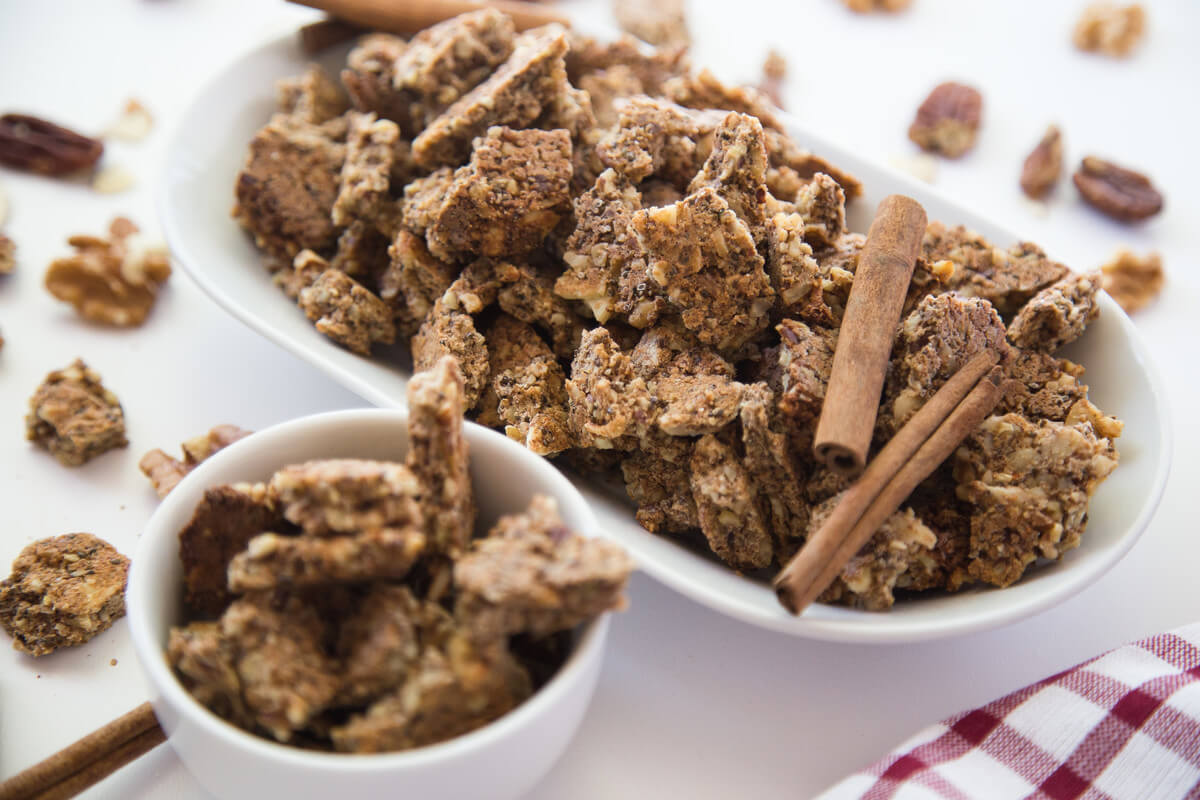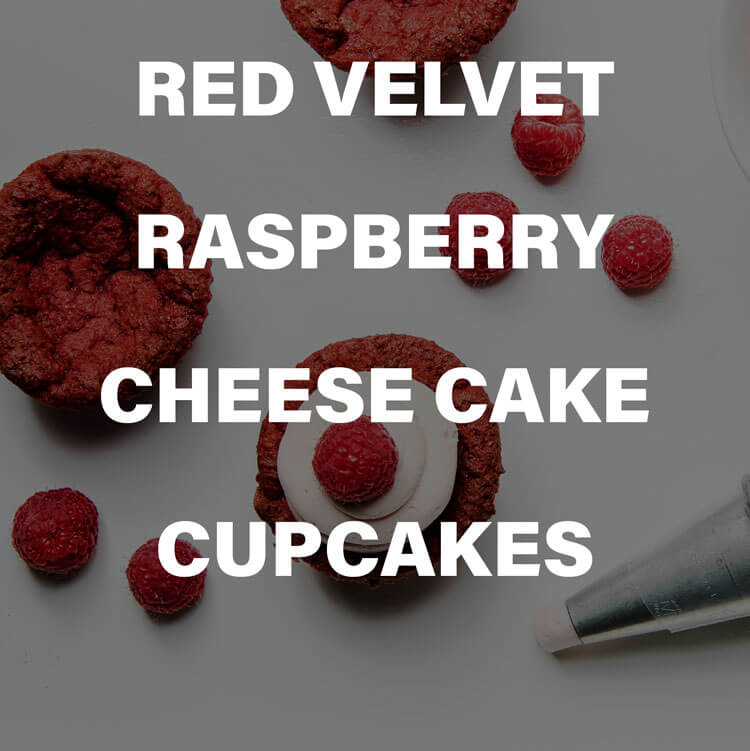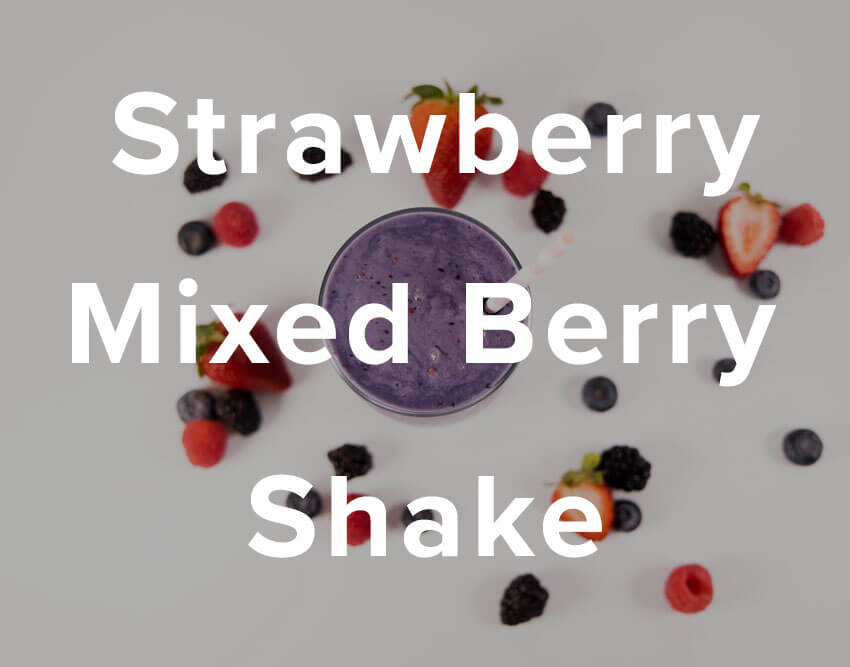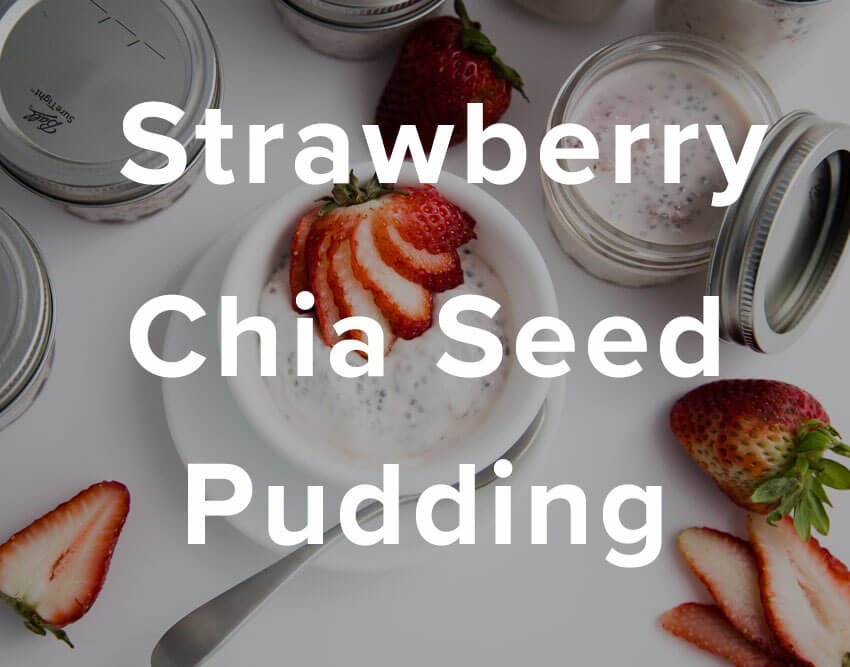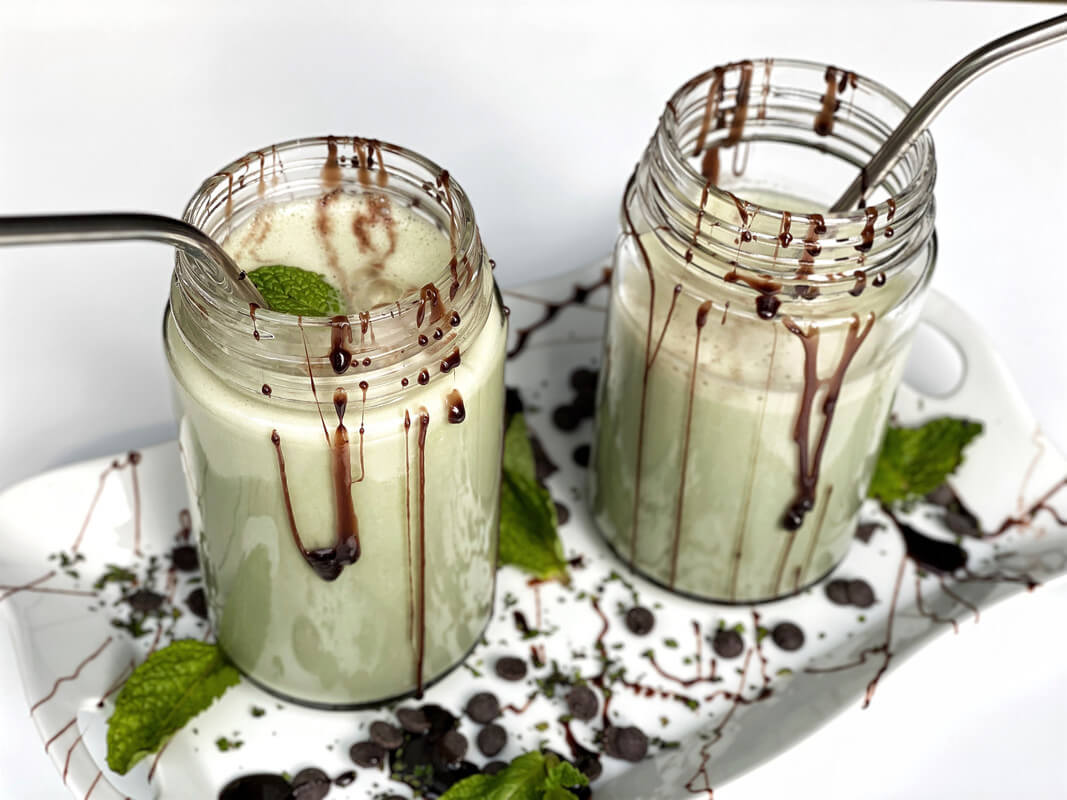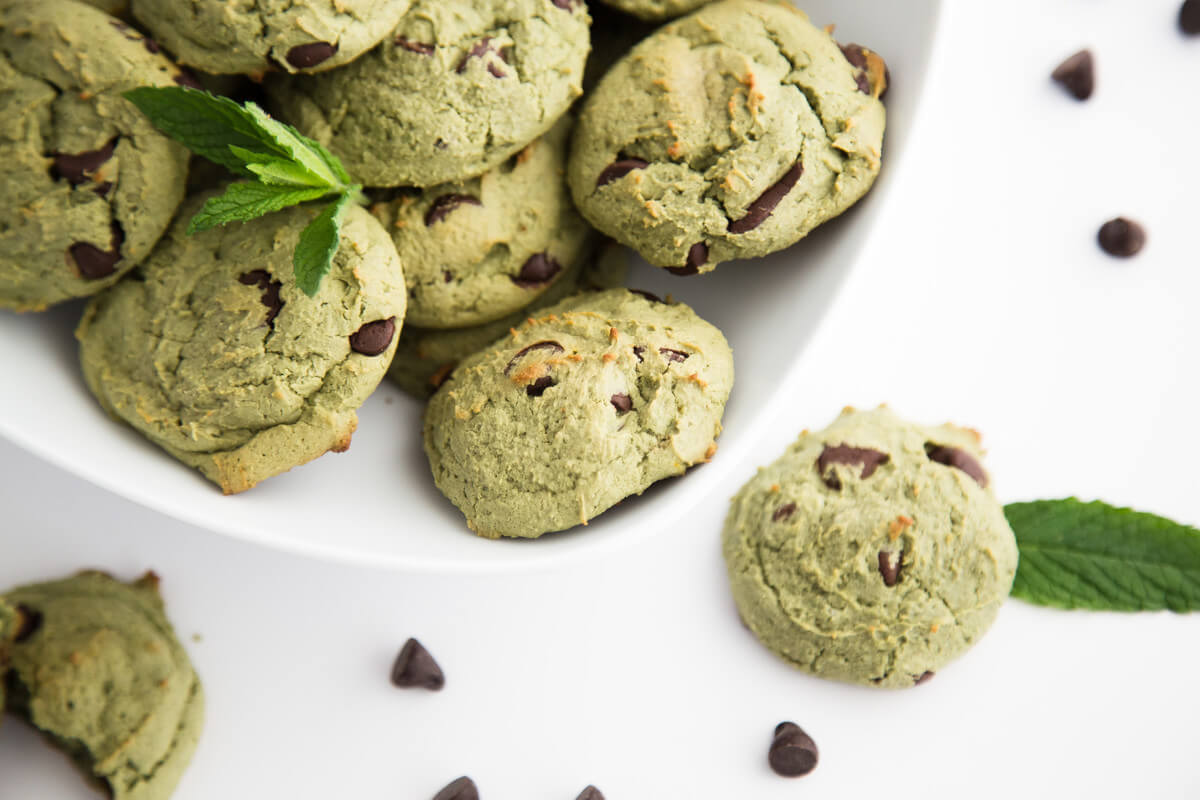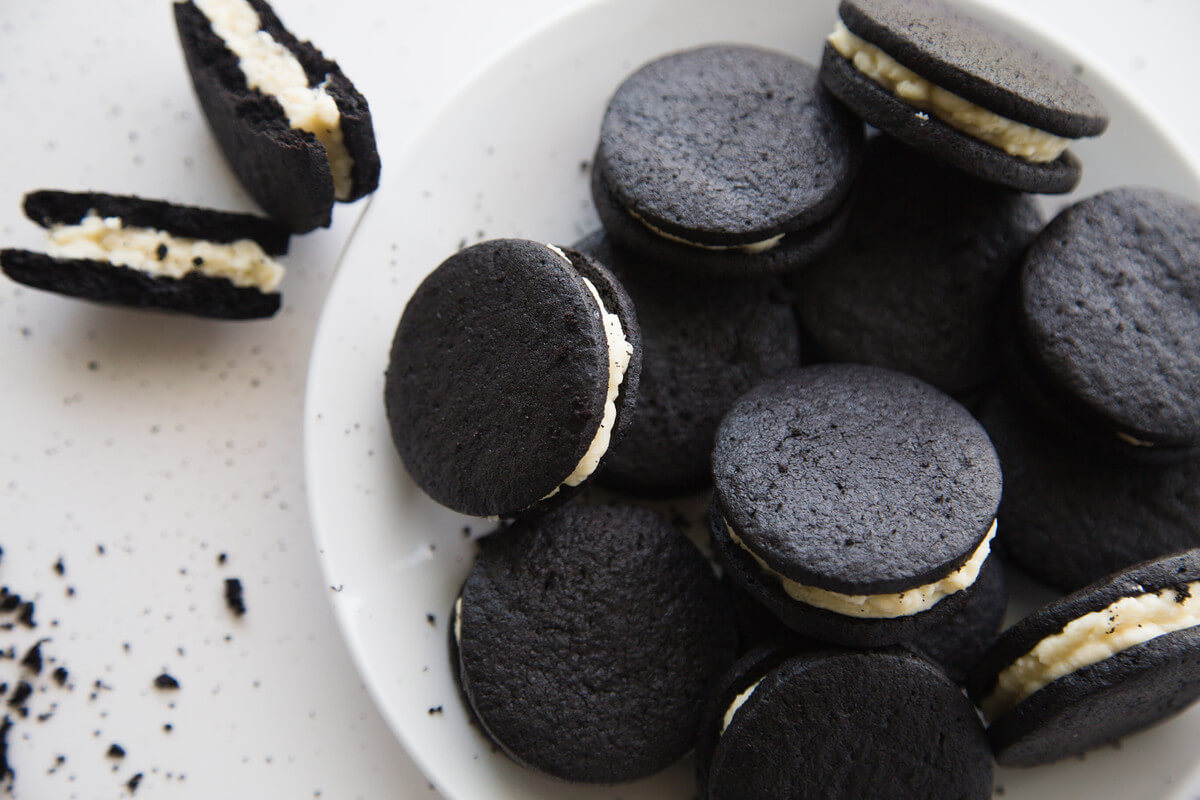Keto-Friendly Fast Food: 9 Delicious Things You Can Eat
We love a good, homemade, completely-from-scratch meal as much as anyone…but let’s be honest. Sometimes that’s just not in the cards. With work, travel, and general modern life (hello, ever-growing work hours), sometimes a quick stop for takeout or fast food is all we can manage.
When a quick stop at a place like McDonald’s, Wendy’s, or KFC is what you need, it might seem impossible to stay keto. Lucky for you, we’ve done the legwork in pulling together a list of 9 keto-friendly fast food options. Anytime you find yourself in a pinch, you can rest easy, knowing you’ve got some meal solutions even when you’re out and about.
- McDonald’s—Eating at McDonald’s while doing keto may seem like two things that don’t go together at all, but there are some surprising keto-friendly options available at this chain. Consider one of their McMuffins (egg or sausage), and just toss the bun. Tada! You can even go with a Big Mac, Quarter Pounder, McDouble, or Grilled Chicken Sandwich and do the same thing: just say bye to the bun and devour the rest of it!
- Wendy’s—You’ve got quite a few options at this fast food chain. To start with, a Grilled Chicken Caesar Salad or a Cobb Salad are both good choices. You can also go the “sandwich without the bun” route. The Double Stack, Baconator, or the Chicken BLT are pretty safe choices.
- KFC—The traditional fried chicken at this chain is on the higher carb side and is not very keto-friendly. However, their “Kentucky Grilled” options are going to be your best friends to keep you in ketosis whenever this is your stop on a busy evening. You can also go with a Caesar Salad or a House Salad. (Without the croutons—you know the drill.)
- Popeyes—Next time you stop by one of their locations, try their Blackened Chicken Tenders. They’re a great option for all our fellow keto-ers, as they don’t have high-carb breading. Instead, they just have some simple spices and seasonings, making it an easy choice. (Hallelujah!) Don’t forget that the Bacon Green Beans are another offering here that can keep you in ketosis.
- Chick-Fil-A—You’ll be in a similar boat here as you are at KFC and Popeyes. The traditional chicken options available here use a batter that is on the higher carb side. We recommend their Grilled Chicken Salad and Grilled Chicken Nuggets to keep you in ketosis when Chick-Fil-A is on the menu!
- Burger King—A Cheeseburger or a Whopper are some good options here. A Grilled Chicken Sandwich is also low-carb. Just remember: no bun, as always, and you’re golden!
- In-N-Out—If you’re lucky to have one of these restaurants near you, just ask for any burger “protein style.” Your burger will come without a bun and will be wrapped in lettuce instead. This makes it a really easy, failsafe option if you’re lucky enough to have one near you!
- Subway—Ah, the home of enormous, carby sandwiches. But fear not, you can take any sandwich that you love and turn it into a salad, and voila! A low-carb keto meal as easy as 1-2-3, even from a place that not many people would associate with keto options.
- Taco Bell—easy options here, as you can build your own selection. (We love restaurants that make it easy.) Just order lettuce, beef, chicken, guacamole, and sour cream and then enjoy the keto goodness!
We hope these selections from some of the top fast food chains make it easier to stay in ketosis when you’re out and about and need a grab-and-go meal from the nearest restaurant. But what about if you’re at a restaurant that’s not on the list? Here are a few general hacks for when you’re eating out and need a bit of help staying keto.
- Salads can be a generally safe option. (And leafy greens are always great to add to your diet, anyway, so win-win.) Watch out for surprisingly carby dressings, though!
- Sandwiches and burgers can often be made keto friendly by just not eating the bread! (Easy enough, right?) As always, you’ll still want to pay attention to what other ingredients are in the sandwich that may contain sneaky carbs.
- Along those lines, remember to stay on the lookout for hidden sugars and carbohydrates when you’re eating out! Sauces, condiments, nuts, and fruit can all have carbs that add up quickly. If you decide to utilize a tracking app like Cronometer, it can be helpful to enter the food ahead of time to get an idea of what your macros will end up looking like.

